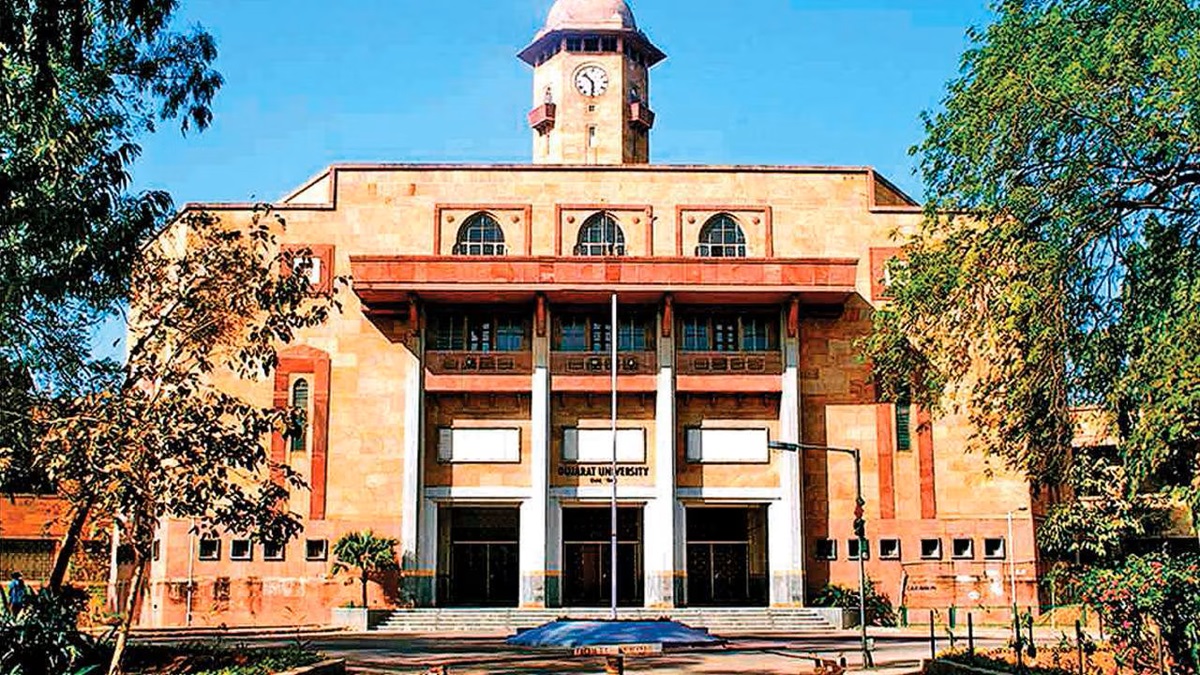Gujarat University Admissions 2025: Over 50% Seats Remain Vacant as Academic Session Begins
Gujarat Common Admission System (GCAS) has not delivered expected results in its rollout year as many students, especially from rural areas or disadvantaged backgrounds, struggled with digital process.
New academic session for undergraduate courses at Gujarat University began on July 1, but around 50 percent of total seats remain vacant. This has caused concern among university administration and its affiliated colleges.
Colleges affiliated to Gujarat University have reported low enrolments, with some admitting only 15 to 20 students in entire programmes. According to GU officials several factors have caused this situation like online only admission system, delay in implementation and lack of offline counselling or spot admission rounds.
Gujarat Common Admission System (GCAS) introduced to centralise UG admission has not delivered expected results in its rollout year. College principals said many of the students, especially from rural areas or disadvantaged backgrounds, struggled with digital-only process, leading to missed deadlines and confusion.
“We have nearly 100 seats but fewer than 25 students have joined,” said a faculty member from an Ahmedabad-based college. “We need urgent intervention to fill up the vacant seats, or our academic and financial planning for the year will collapse,” he added.
A large number of reserved category seats have remained vacant. Principals of some of the affected colleges have approached the varsity, requesting permission to transfer these seats to general category.
Read More:
Admission to MSc is based on the merit in the last qualifying exam.
Follow Shiksha.com for latest education news in detail on Exam Results, Dates, Admit Cards, & Schedules, Colleges & Universities news related to Admissions & Courses, Board exams, Scholarships, Careers, Education Events, New education policies & Regulations.
To get in touch with Shiksha news team, please write to us at news@shiksha.com


No, the Gujrat University does not offer direct admission for many mainstreams programmes. Candidates need to fulfil the eligibility criteria for each course to get admission. For some courses, such as MBA and PhD, candidates may require to qualify for entrance exams. However, admission to courses such as UG Diploma, BA, BPA, and BDes, is based on the aspirant's marks in the last qualifying examination. Hence, for UG courses in which admission is merit-based, candidates aggregate in Class 12 is considered for selection. Graduation is required for getting admission to PG courses.